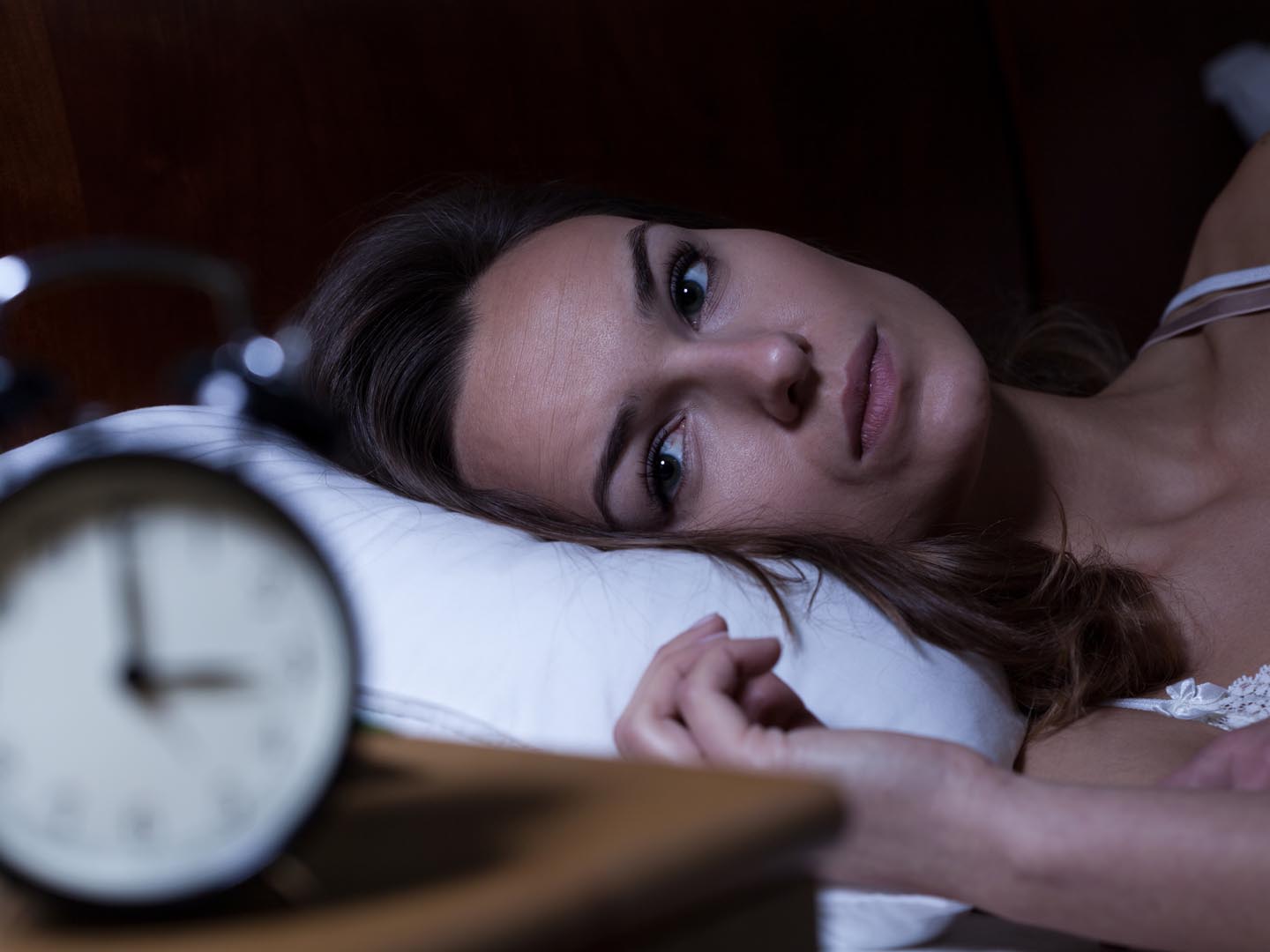Stopping Sleep Apnea?
Is there anything I can do to stop using my C-PAP?
Andrew Weil, M.D. | August 22, 2002

“C-PAP” stands for Continuous Positive Airway Pressure, and is the most common treatment for obstructive sleep apnea, a disorder that causes interruptions of breathing during sleep. “Apnea” is a medical term meaning “without breath”. This condition is serious and can even be life threatening. In addition it may increase risks of high blood pressure, heart attack, and stroke. With each apnea event, the brain briefly arouses you in order for you to resume breathing. This causes fragmented sleep and restlessness.
Symptoms of obstructive sleep apnea include heavy snoring, periods of not breathing, and waking frequently during the night. It is most common among men, affecting four percent of middle-aged men and about two percent of middle-aged women, although it can occur at any age. Risks are highest among those who snore loudly, are overweight, have high blood pressure, or some type of anatomical abnormality in the nose, throat or elsewhere in the upper airway. It occurs when soft tissue in the rear of the throat relaxes or sags during sleep blocking the airway. In some cases, excess tissue in obese people narrows the airway. Airway obstruction can lead to as many as 20 to 60 breathing interruptions per hour.
In addition to the health risks presented by this condition, the associated sleep disturbances can lead to depression, irritability, sexual problems and impairment of learning and memory. Those affected may suffer from daytime sleepiness, tending to fall asleep at work, on the phone, or, worst of all, while driving.
If you’re using a C-PAP for sleep apnea, I don’t recommend discontinuing treatment unless you’ve taken steps to bring the disorder under control. If you’re overweight, lose some of the excess pounds. According to the American Sleep Foundation, even a 10 percent weight loss can reduce the nightly breathing interruptions. Cutting out alcohol and sleeping pills can also decrease your symptoms.
Surgery to increase the size of the airway sometimes can help bring sleep apnea under control, but it isn’t always successful. You may need more than one procedure before you notice any difference. One of these operations, uvulopalatopharygoplasty (UPPP), removes excess tissue at the back of the throat including the tonsils and uvula, but at best only 60 percent of these procedures succeed and the long-term effects aren’t known. The surgery is also quite painful.
My main recommendation would be to lose weight if you’re carrying extra pounds. If not, stick with your C-PAP. It’s the most reliable treatment for sleep apnea available.
Andrew Weil, M.D.











